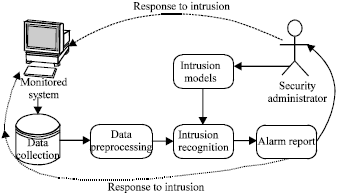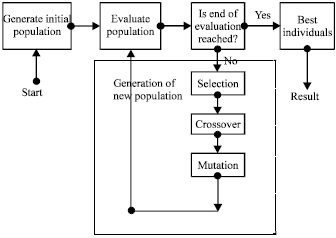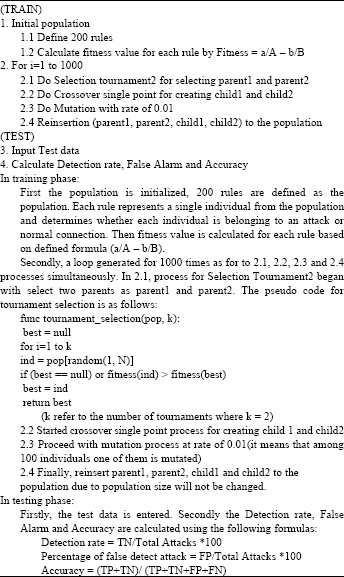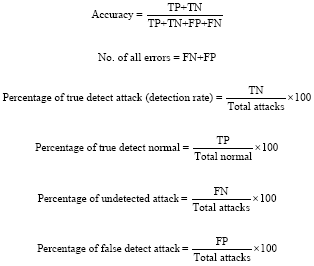Research Article
Improving Intrusion Detection Using Genetic Algorithm
Faculty of Computer Science and Information Technology, University Putra Malaysia, 43400 UPM Serdang, Selangor Darul Ehsan, Malaysia
Z. Muda
Faculty of Computer Science and Information Technology, University Putra Malaysia, 43400 UPM Serdang, Selangor Darul Ehsan, Malaysia
W. Yassin
Faculty of Information and Communication Technology, University Technical Malaysia Melaka, 76100 Durian Tunggal, Melaka, Malaysia

















pinal Reply
It's nice. Can you send ur code ??